See the History of Ticker-Tape Parades Beneath Your Feet on Broadway’s Canyon of Heroes
Uncover the history of NYC's confetti-covered parades that have been running since the 1880s!


The ruins of the Brooksbrae Terra Cotta Brick Company have been taken over by both nature and art. Tucked away in the Pine Barrens of New Jersey less than two hours south of Manhattan, this abandoned site has been claimed by graffiti artists. What little remains of the early 20th-century kilns and production facilities that once stood at this spot in the woods are now covered in many layers of colorful painted images and tags. Untapped New York took a hike out to the legendary site to capture the scene and uncover the history of this ill-fated factory, a relic of New Jersey’s once-booming clay industry.
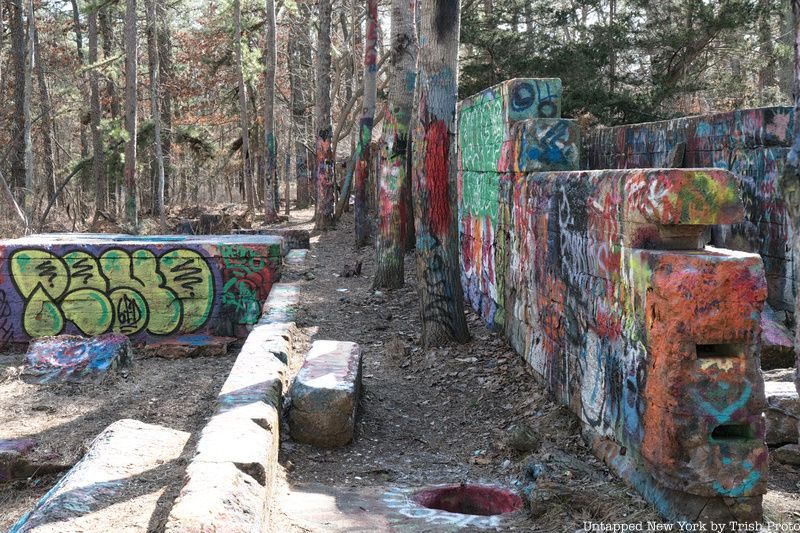
Over a dozen terra cotta companies, largely centered around southern New Jersey’s “Clay District,” dominated the American terra cotta industry in the late 19th to the early twentieth century. Before then, American terra cotta production was largely centered in Chicago and Boston. By the 1880s, however, a handful of factories producing architectural terra cotta sprang up in New Jersey to fill the needs of its rapidly growing neighbor, New York City. The soil, proximity to railroads, and proximity to New York City helped New Jersey’s terra cotta industry flourish.
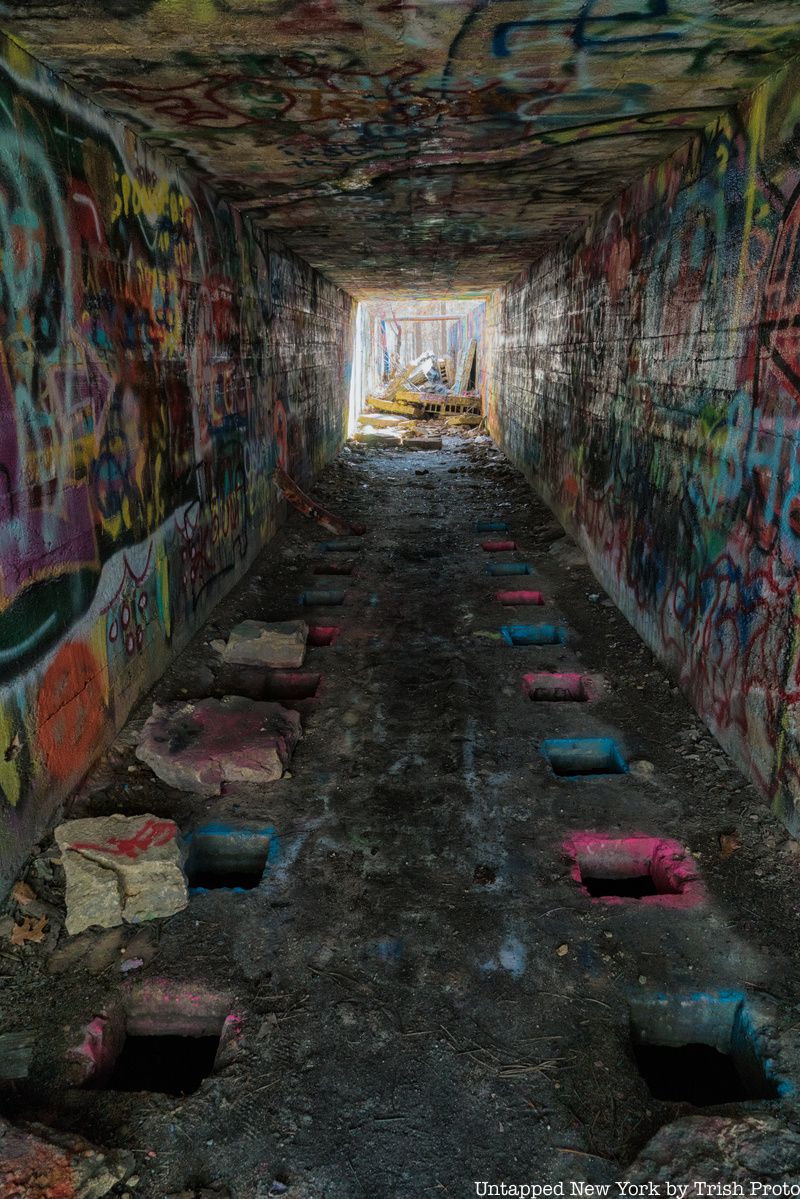
One of the earliest and most successful of the early New Jersey terra cotta factories was The Perth Amboy Terra Cotta Company. This factory supplied terra cotta for the facade of the original Madison Square Garden and counted famous architects Standford White and Cass Gilbert among its clientele. The company later merged with others in the area to form the Atlantic Terra Cotta Company, which provided terra cotta for Gilbert’s Woolworth Building.
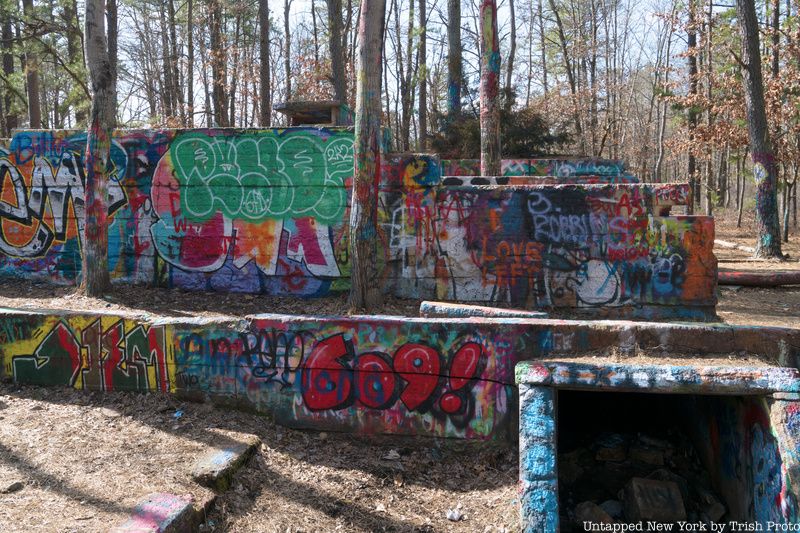
Further south and decades later, The Brooksbrae Terra Cotta Brick Company was founded at the abandoned site you see here. “Tracing the 19th-century origins of New Jersey’s terra cotta industry is made challenging by the unevenness of the source material and the myopia and boosterism of the industry’s early chroniclers,” wrote Richard Veit in an essay about the clay industry for The Journal of the Society for Industrial Archeology in 1999, and it has proved difficult to find much information, other than legends, about the Brooksbrae site. To start, there is debate over the name. Some refer to the site as the Pasadena Terra Cotta Company, which Veit listed as operating in Manchester Township for only one year, 1894, while most refer to it as the Brooksbrae Terra Cotta Brick Company. These were likely two different companies and sites, very near each other.
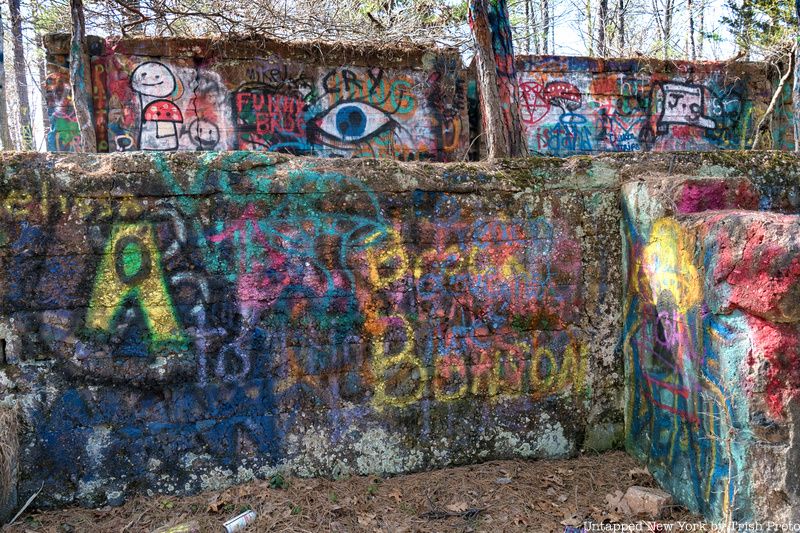
According to Patricia Martinelli in her book The Ghost Towns of New Jersey, the Brooksbrae factory was a state-of-the-art facility constructed for $10,000 in 1905 by William J. Kelly. The factory was built to produce thousands of bricks per day, but may never have produced a single one. In 1908, Kelly died and disputes over his will and estate caused the factory to sit idle. Tragedy struck at the site when a caretaker, keeping watch of the site overnight with his wife, lit a fire that spread out of control. The couple died in the fired and the factory was left in ruins.
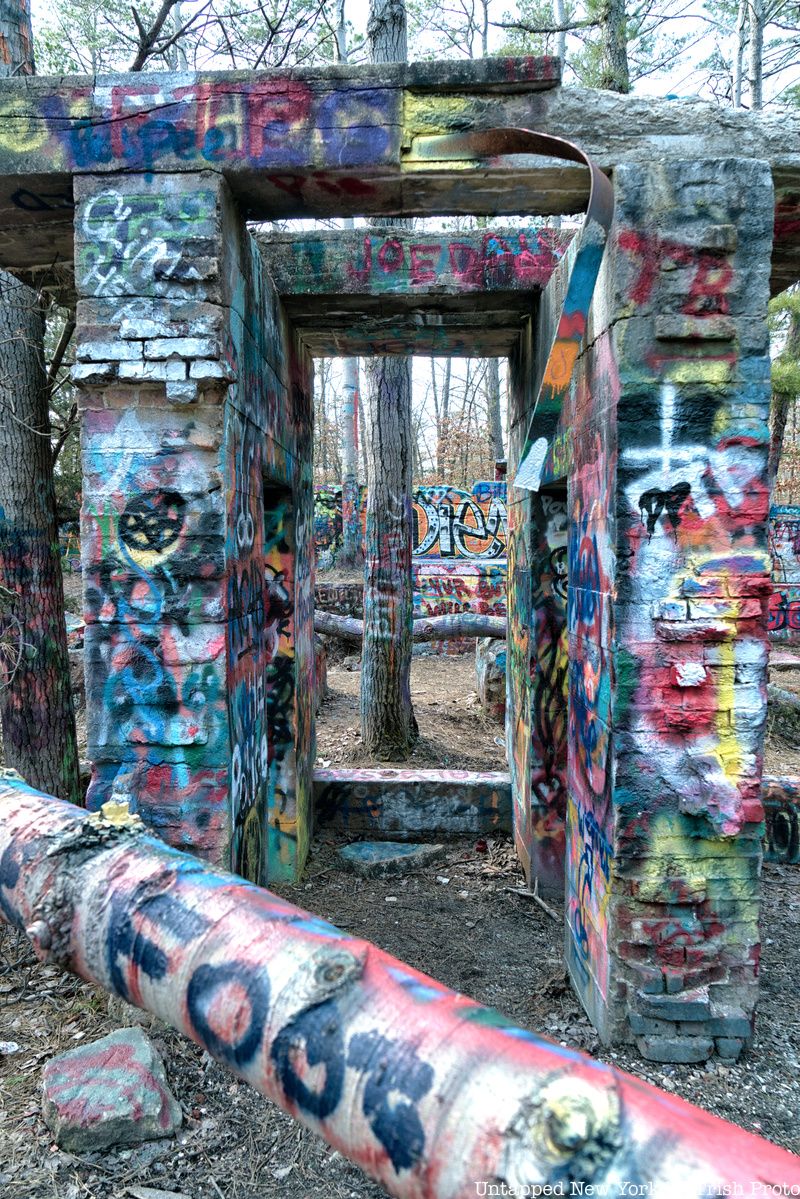
Today, the ruins of Brooksbrae have become a popular hiking destination for locals and tourists alike. It’s especially popular with urban explorers and ghost hunters. Despite its full coverage of graffiti, the site isn’t neglected. In fact, Manchester Township recently hosted a volunteer clean-up of the site to remove litter. Up for a walk in the woods? When setting out to visit the site, which is at the edge of the Brendan T. Byrne Forest, make sure you know where you’re going. The site is out of the range of cell service. You’ll know you’re on the right path when graffiti starts to appear on abandoned railroad tracks, trees, and the paved road. Always remember to leave no trace. Check out more photos of the site below:
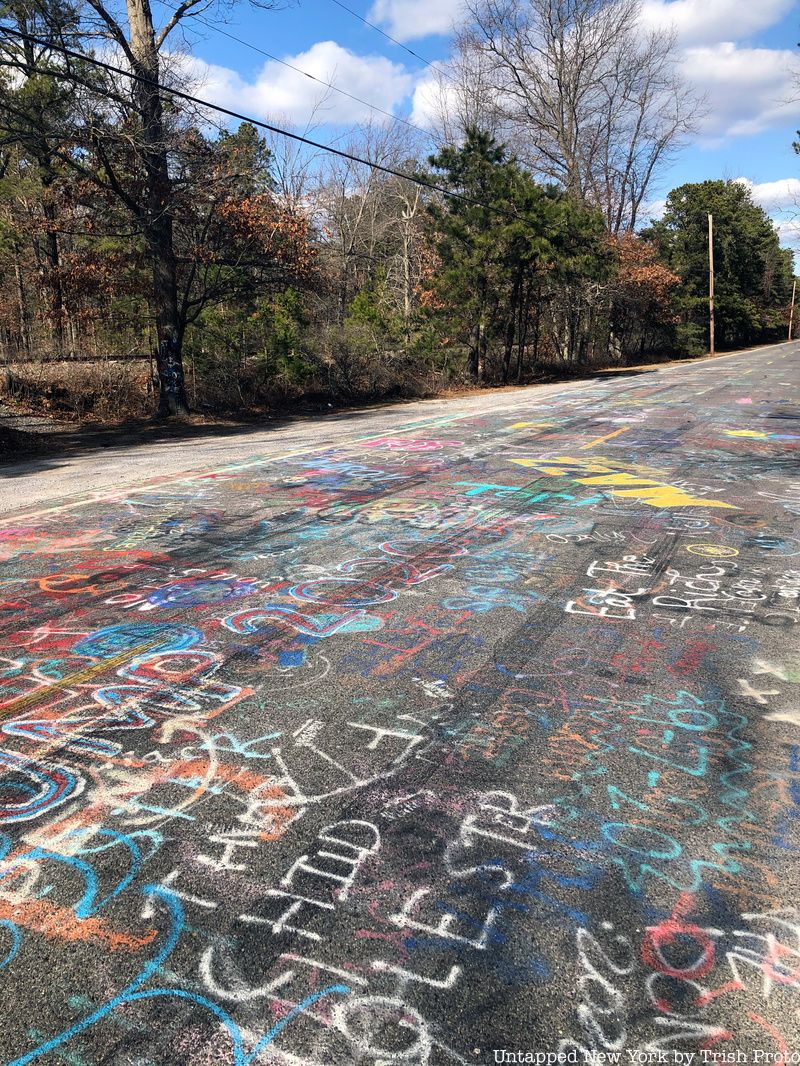
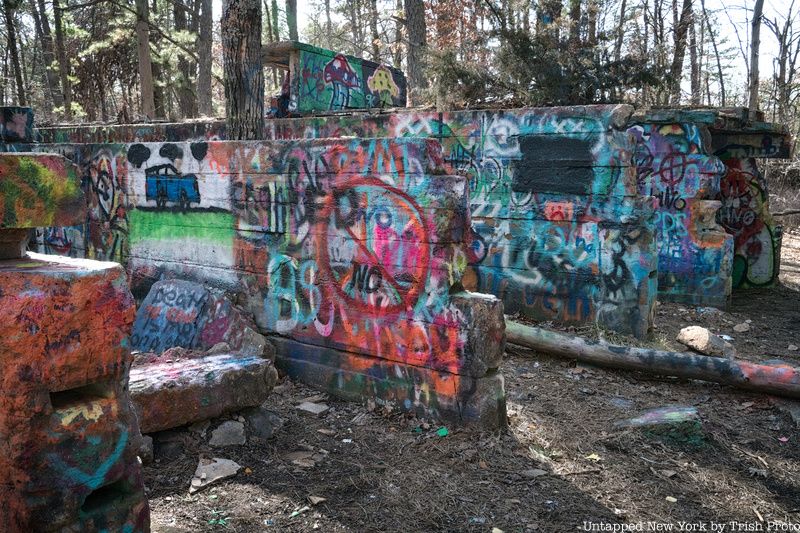
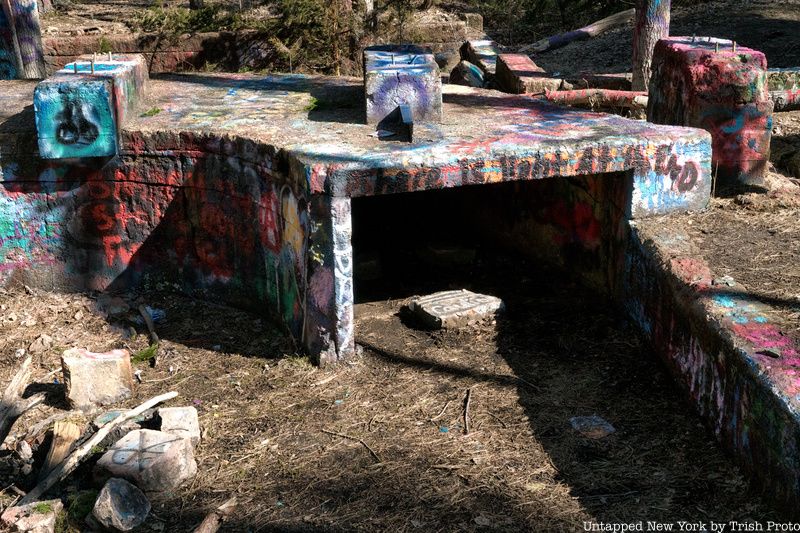
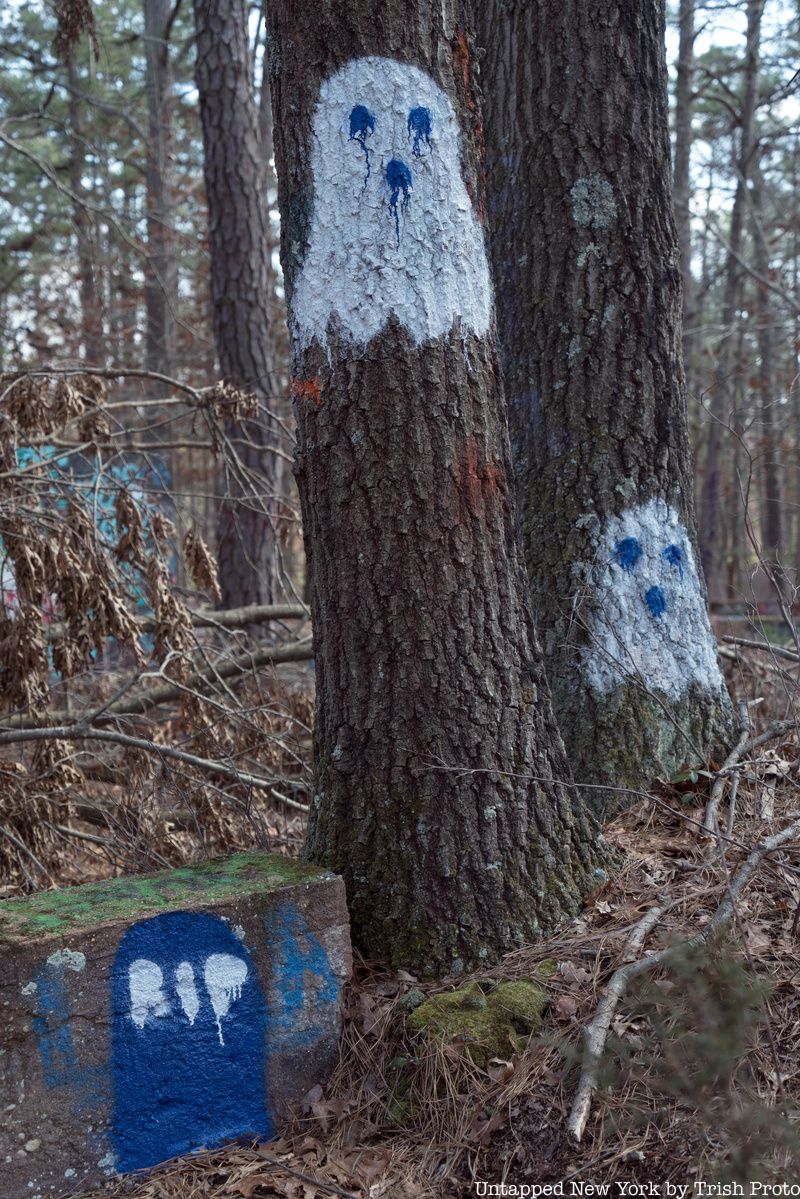
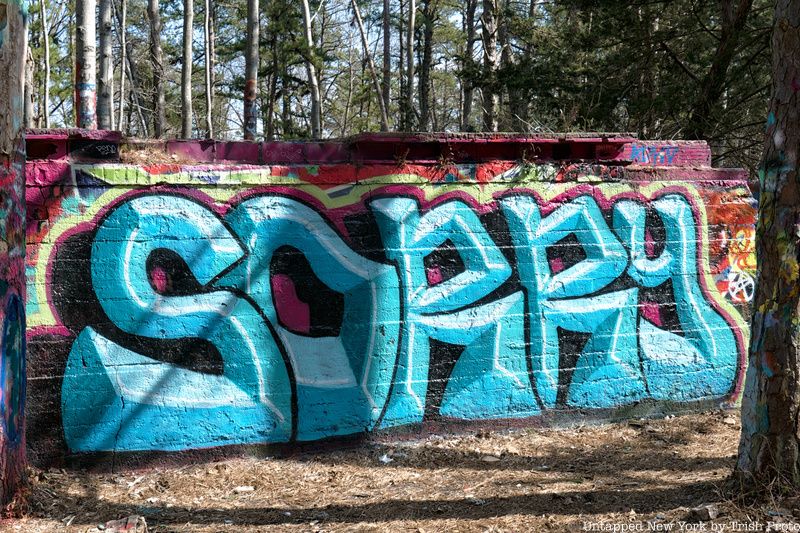
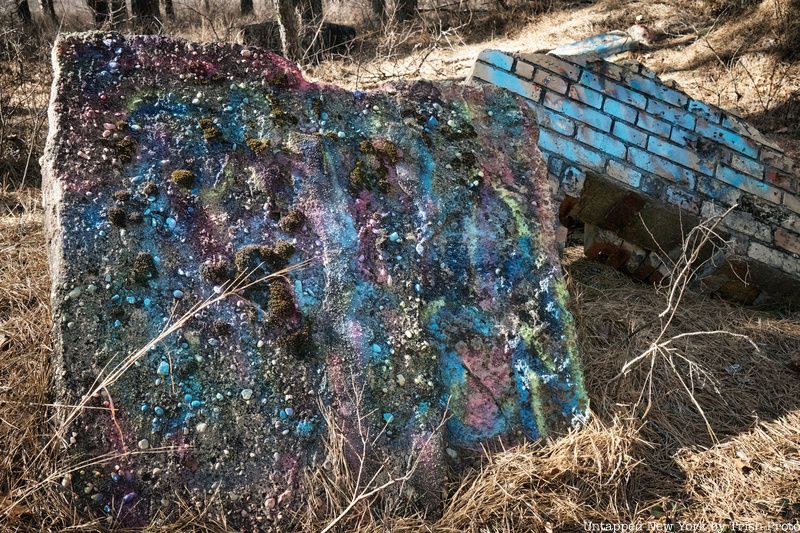
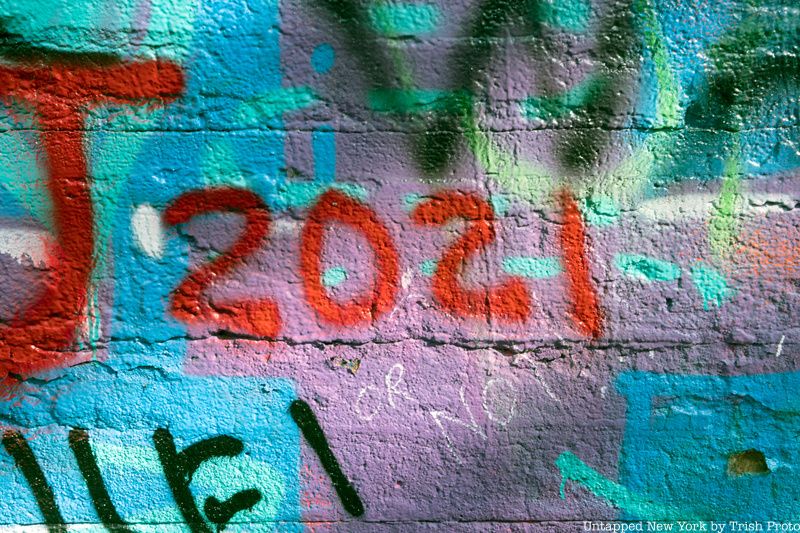
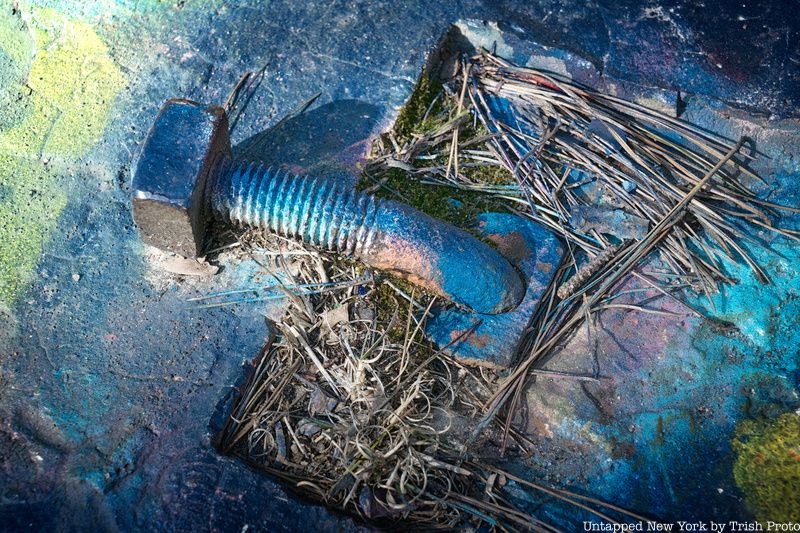

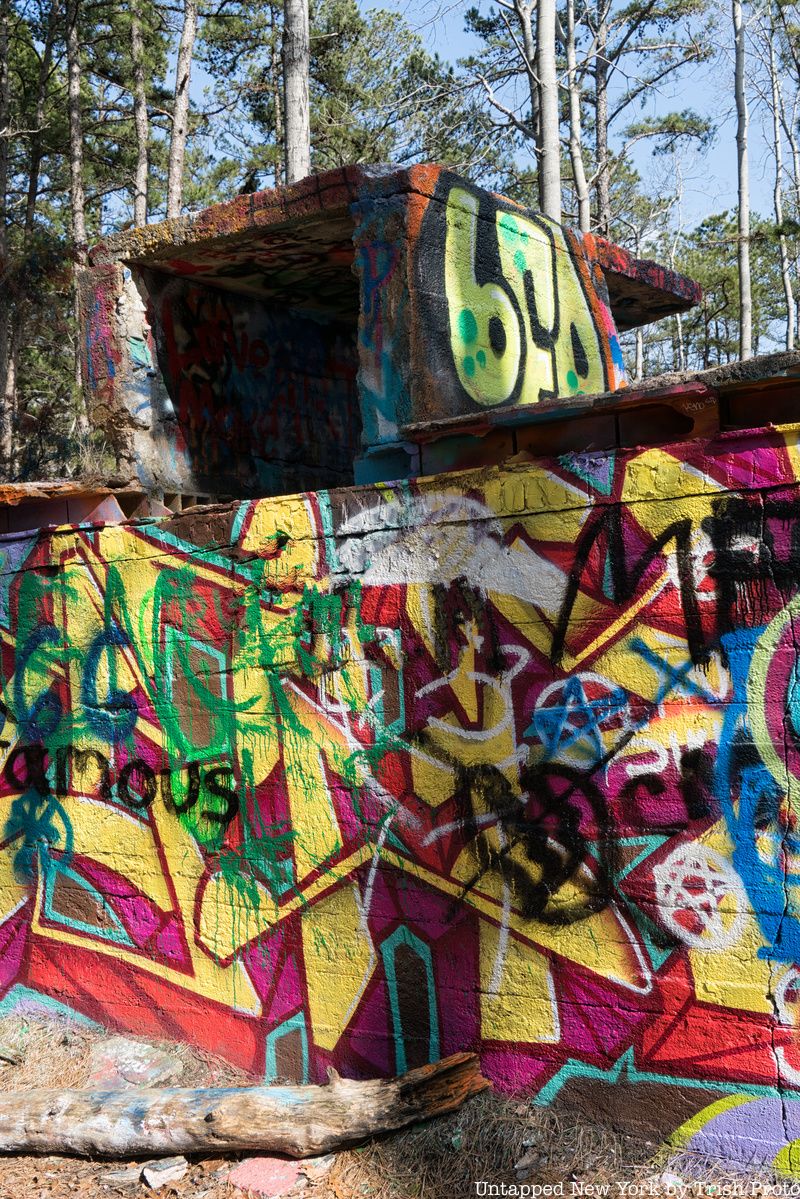
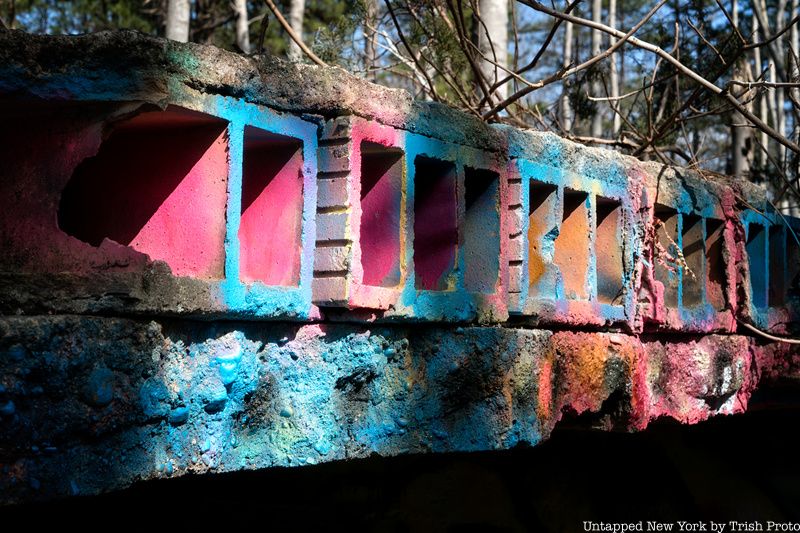
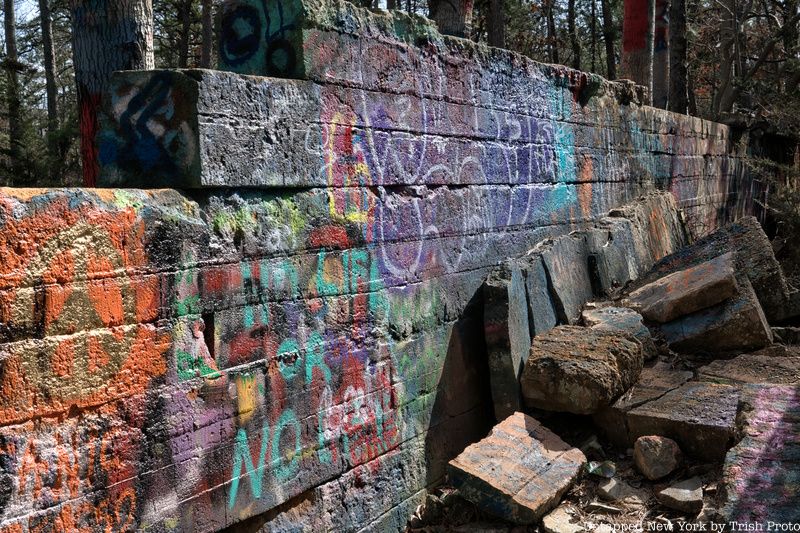
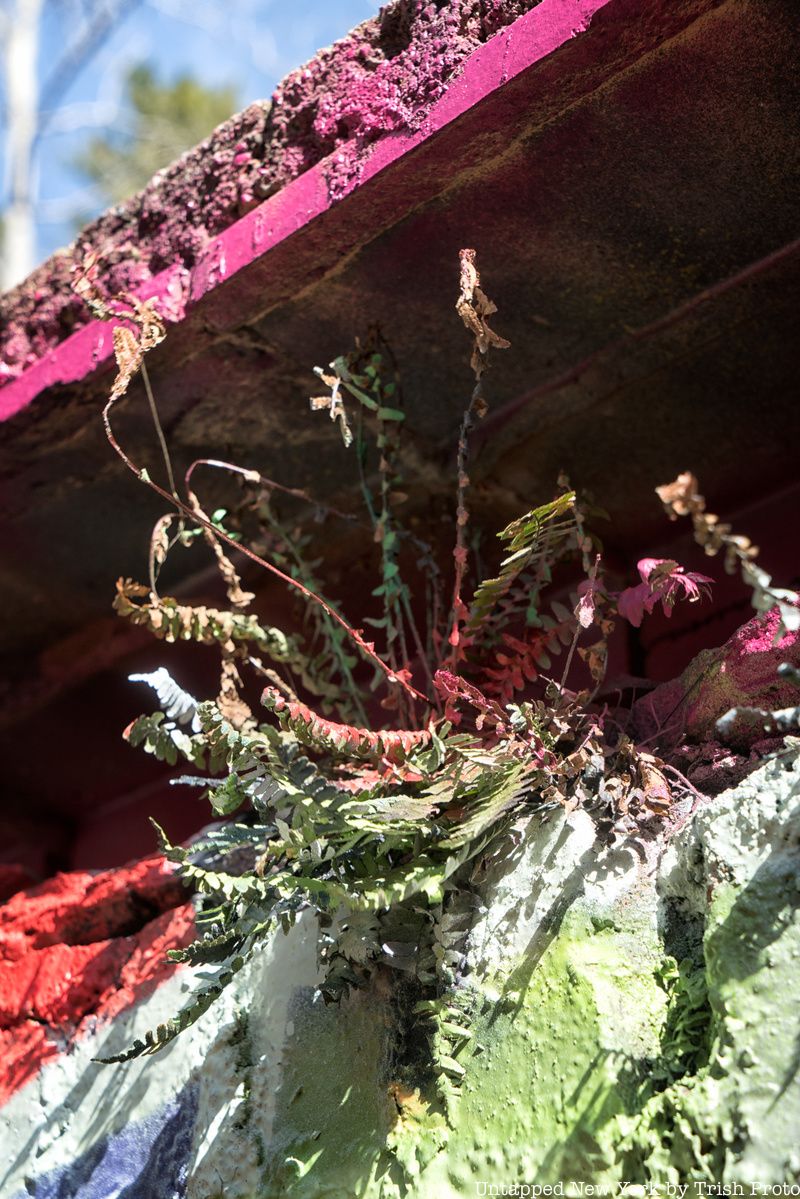
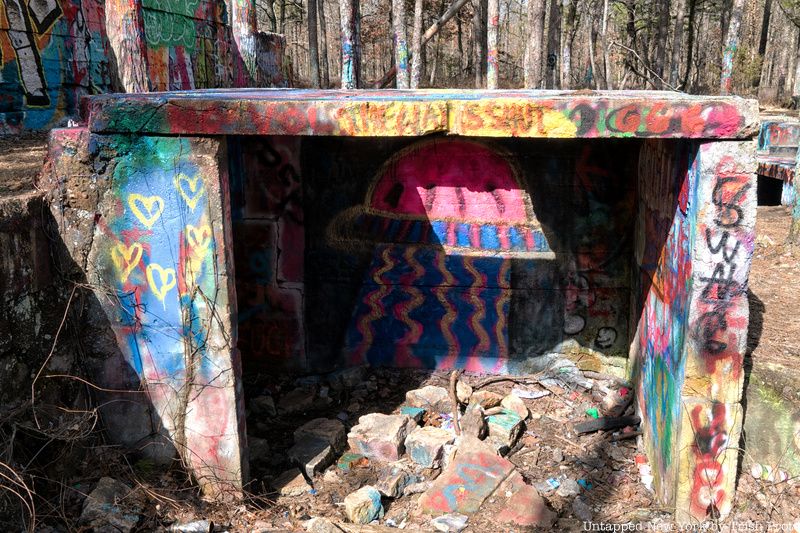
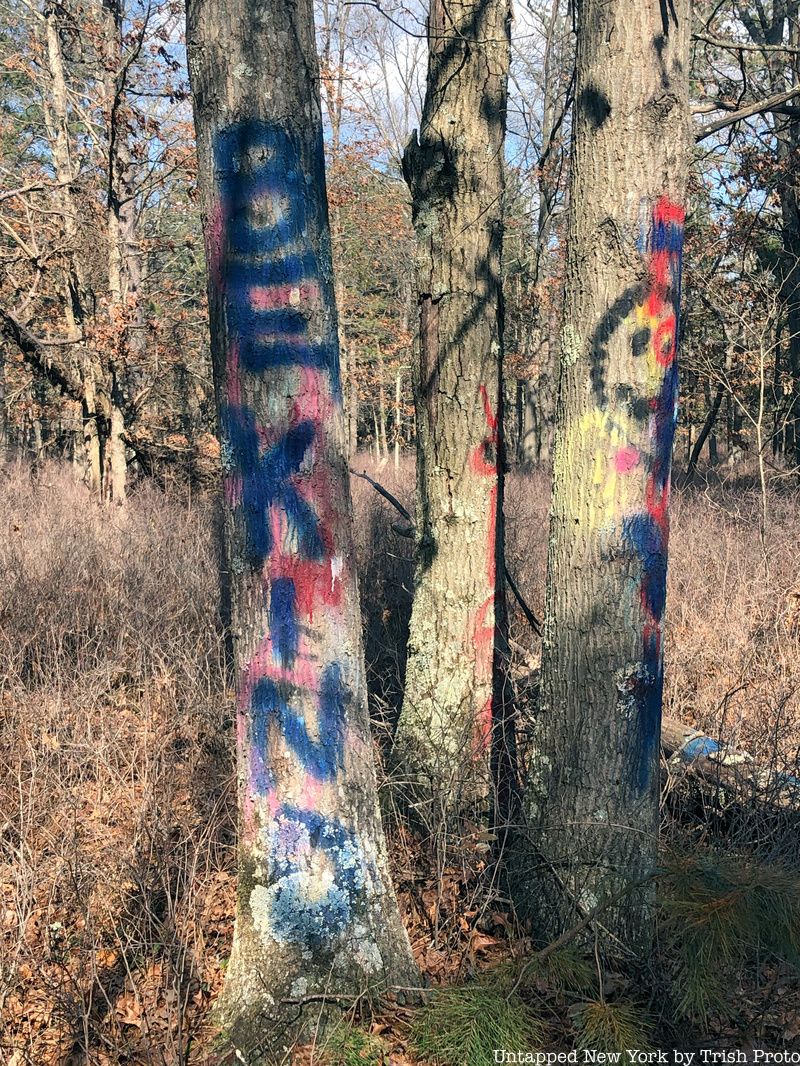
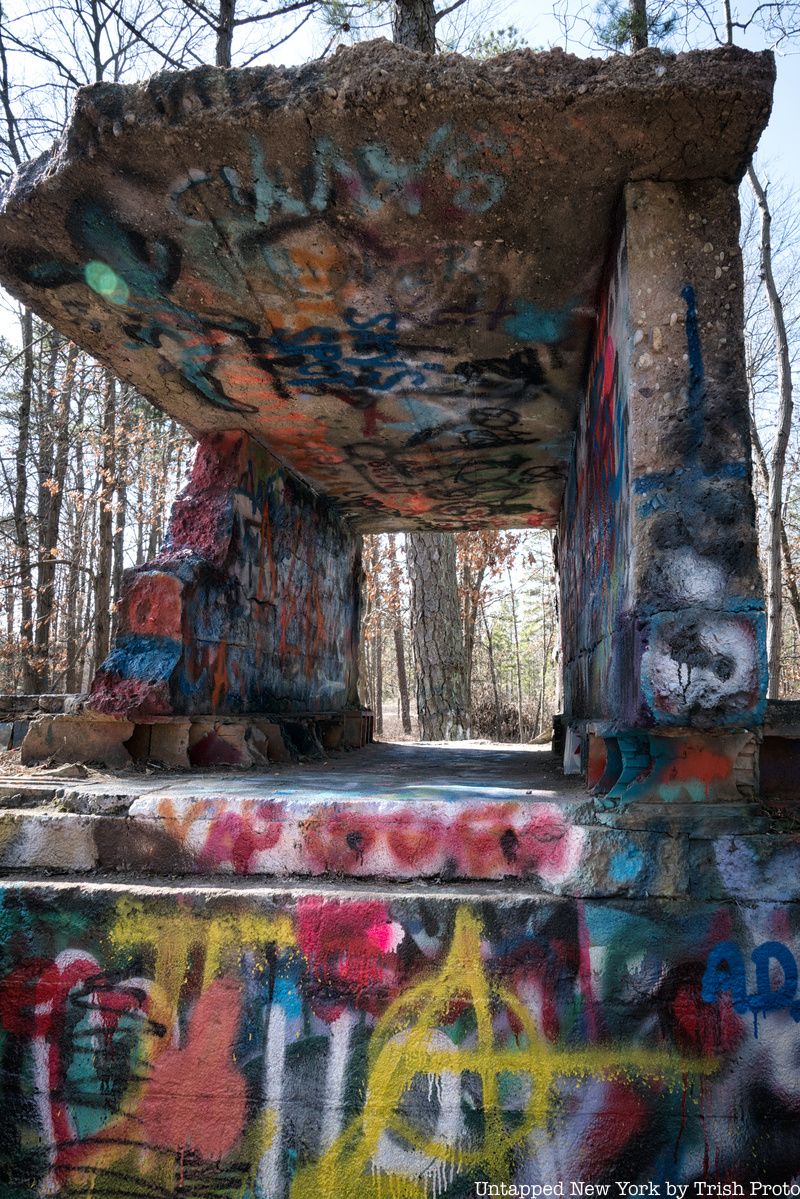
Next, check out Four Wooden Houses on Staten Island that are Relics of a Brick Company Town
Subscribe to our newsletter